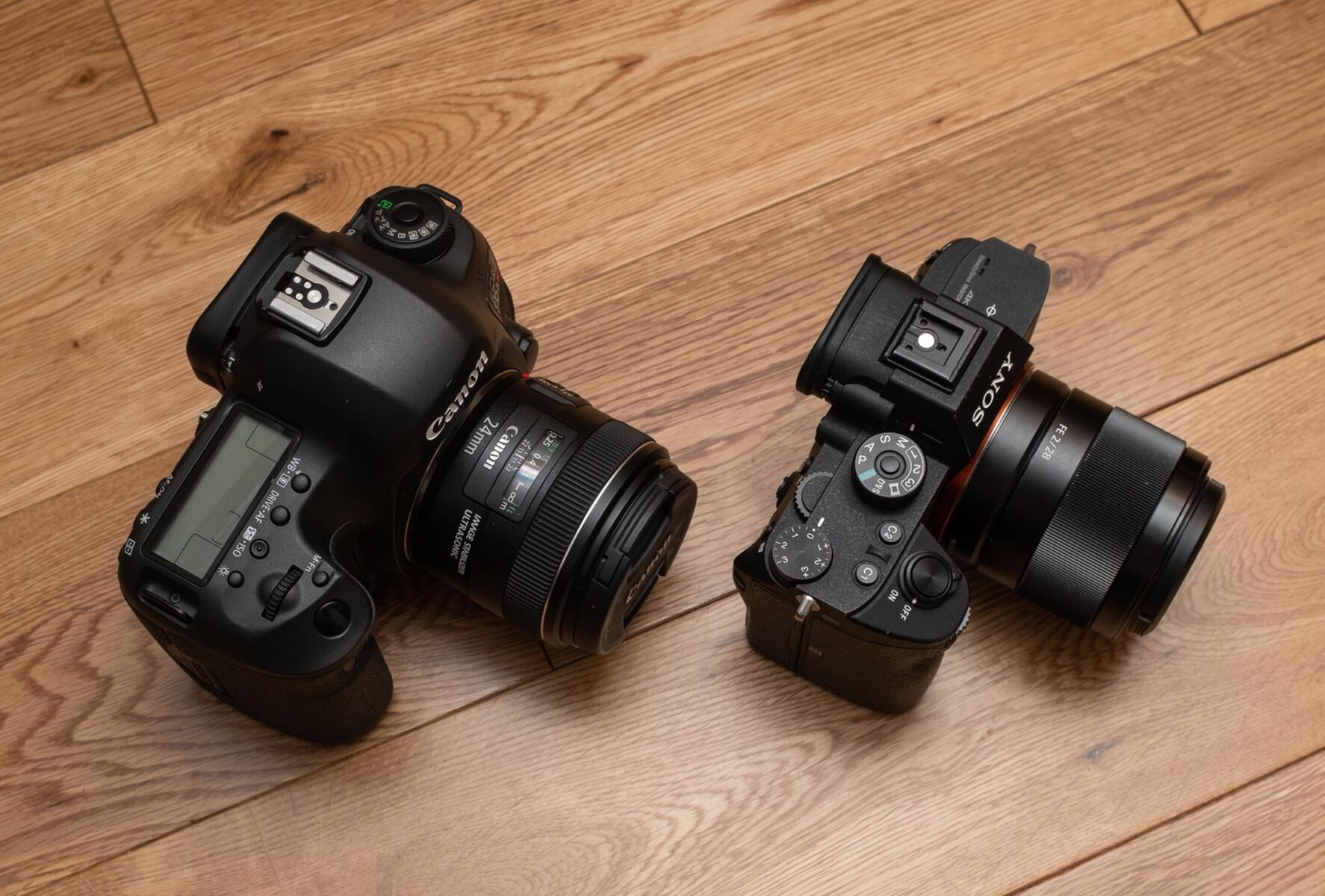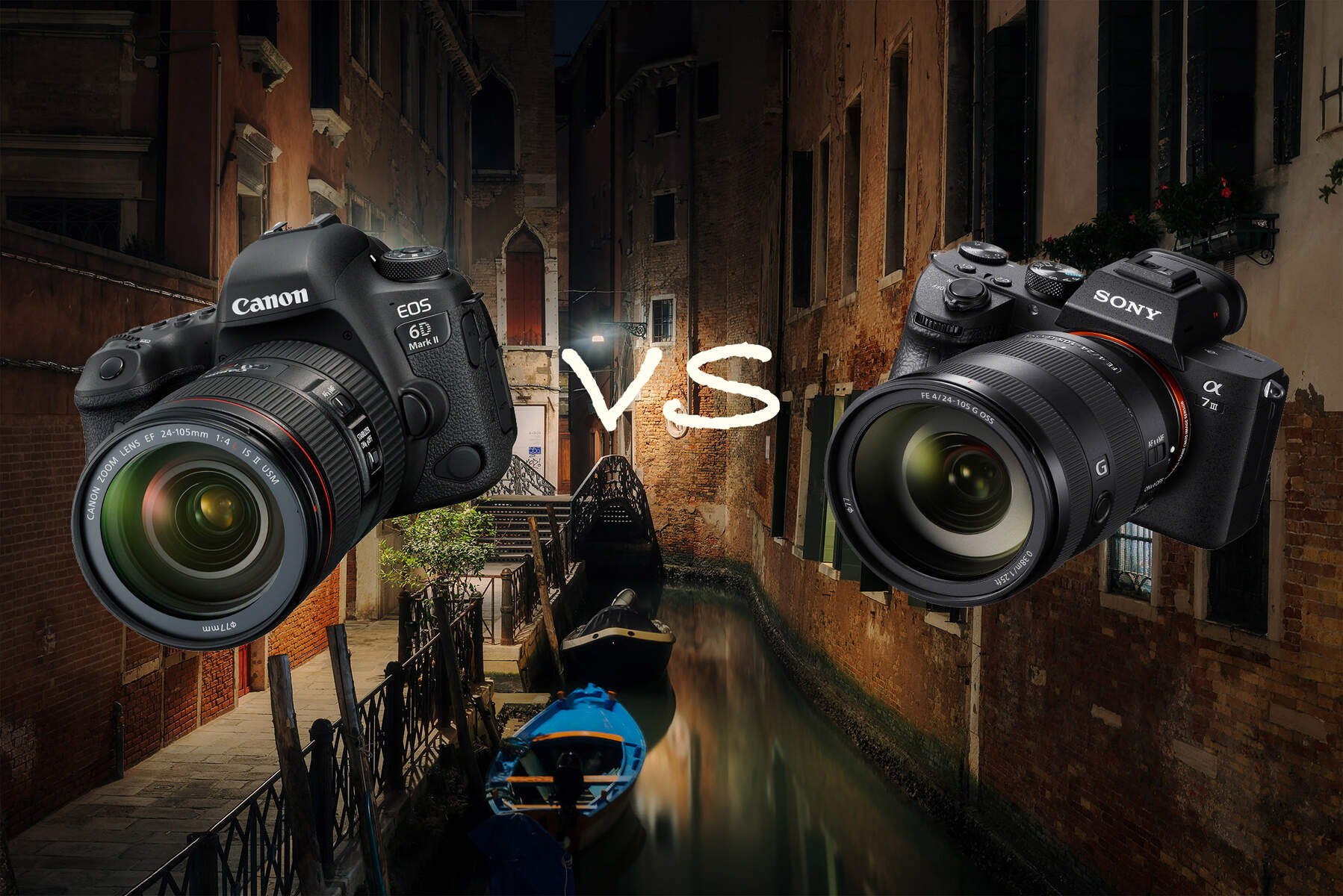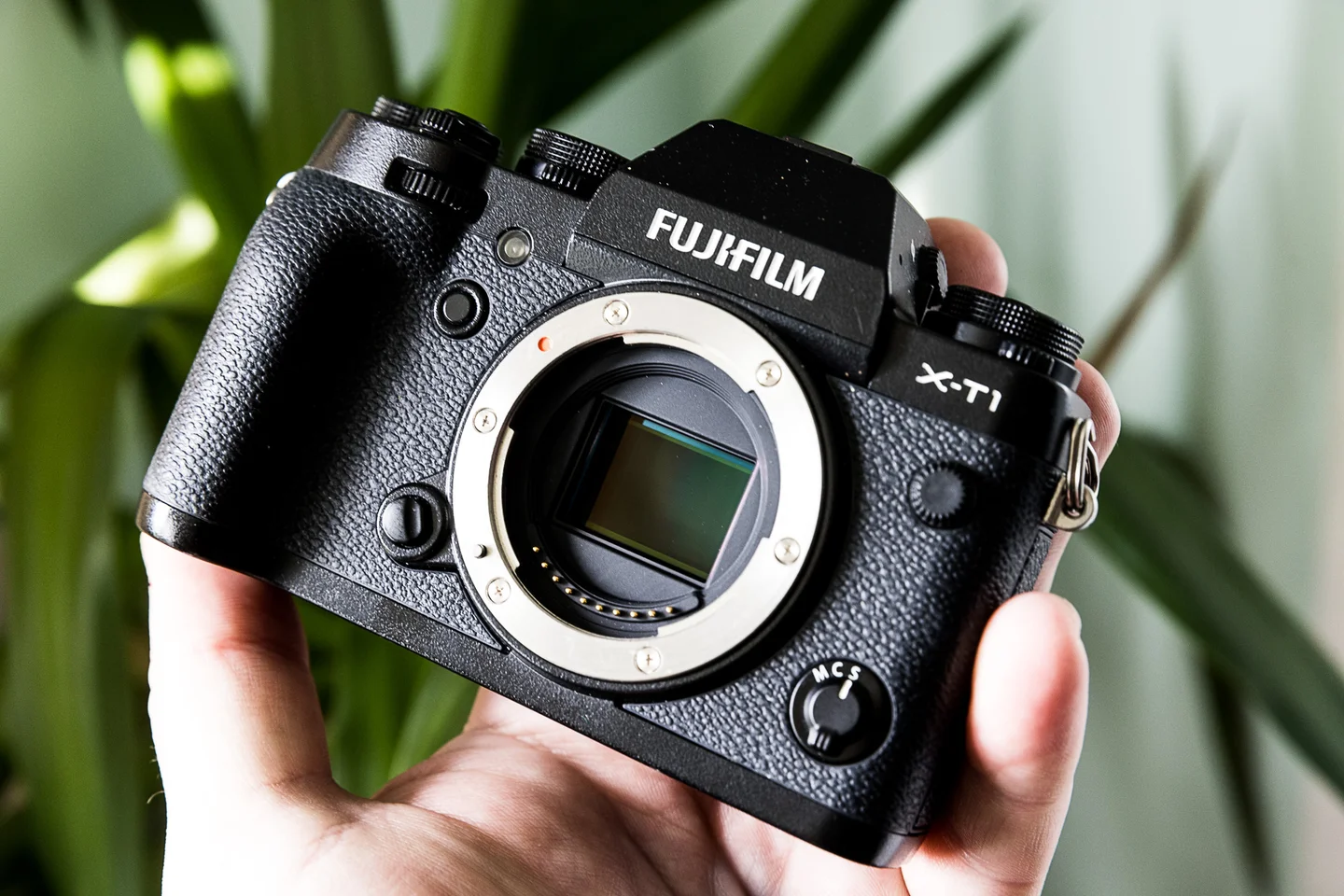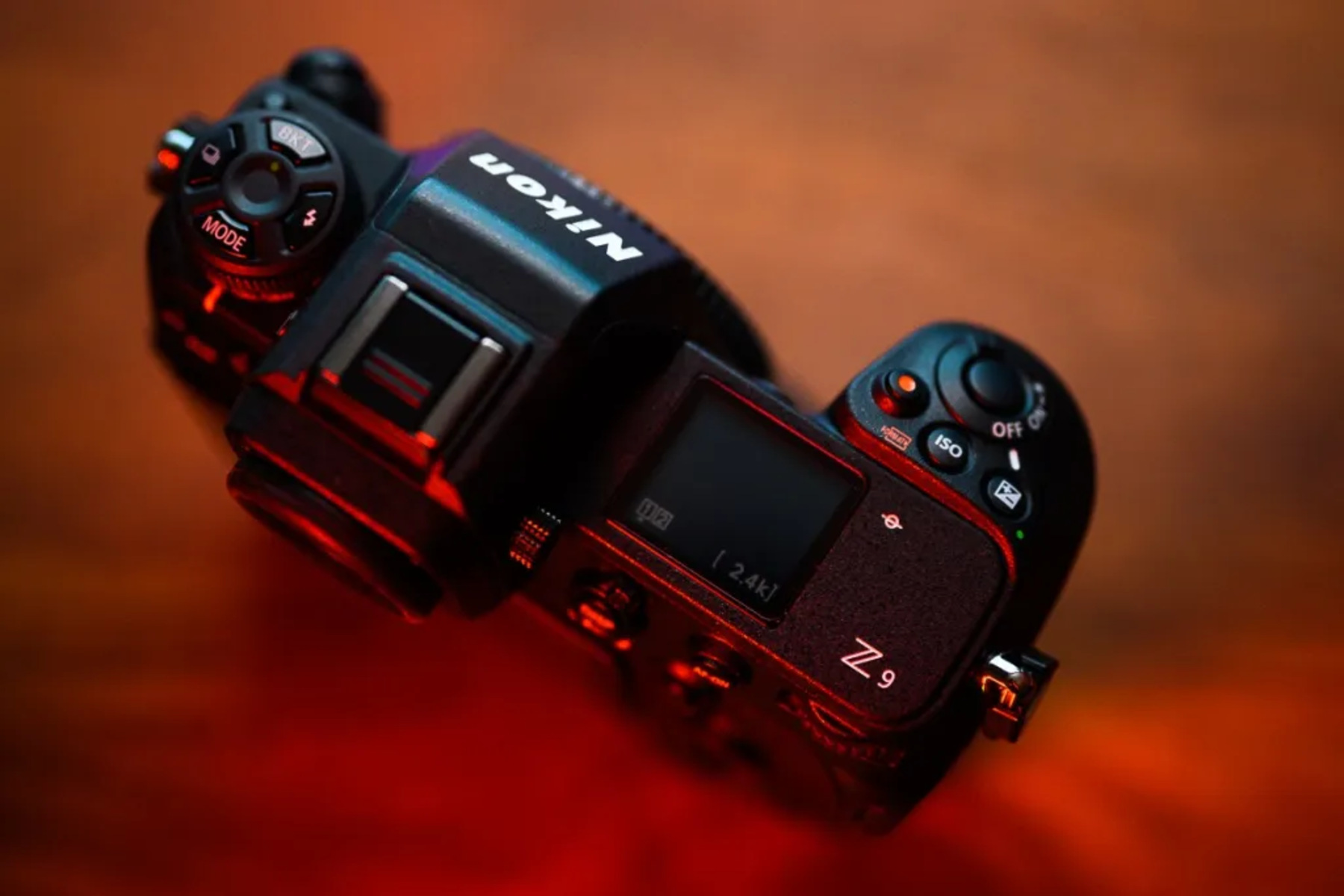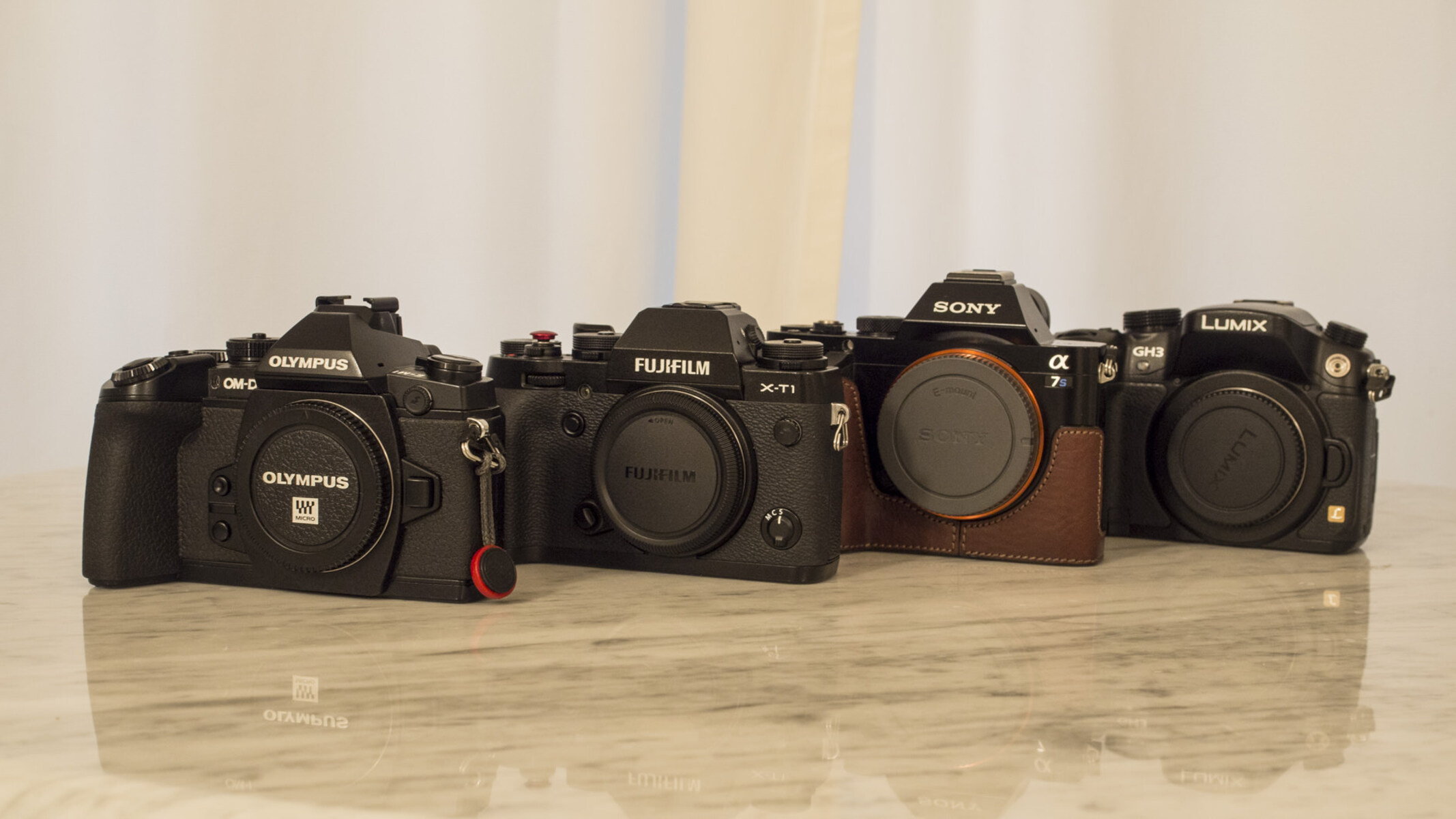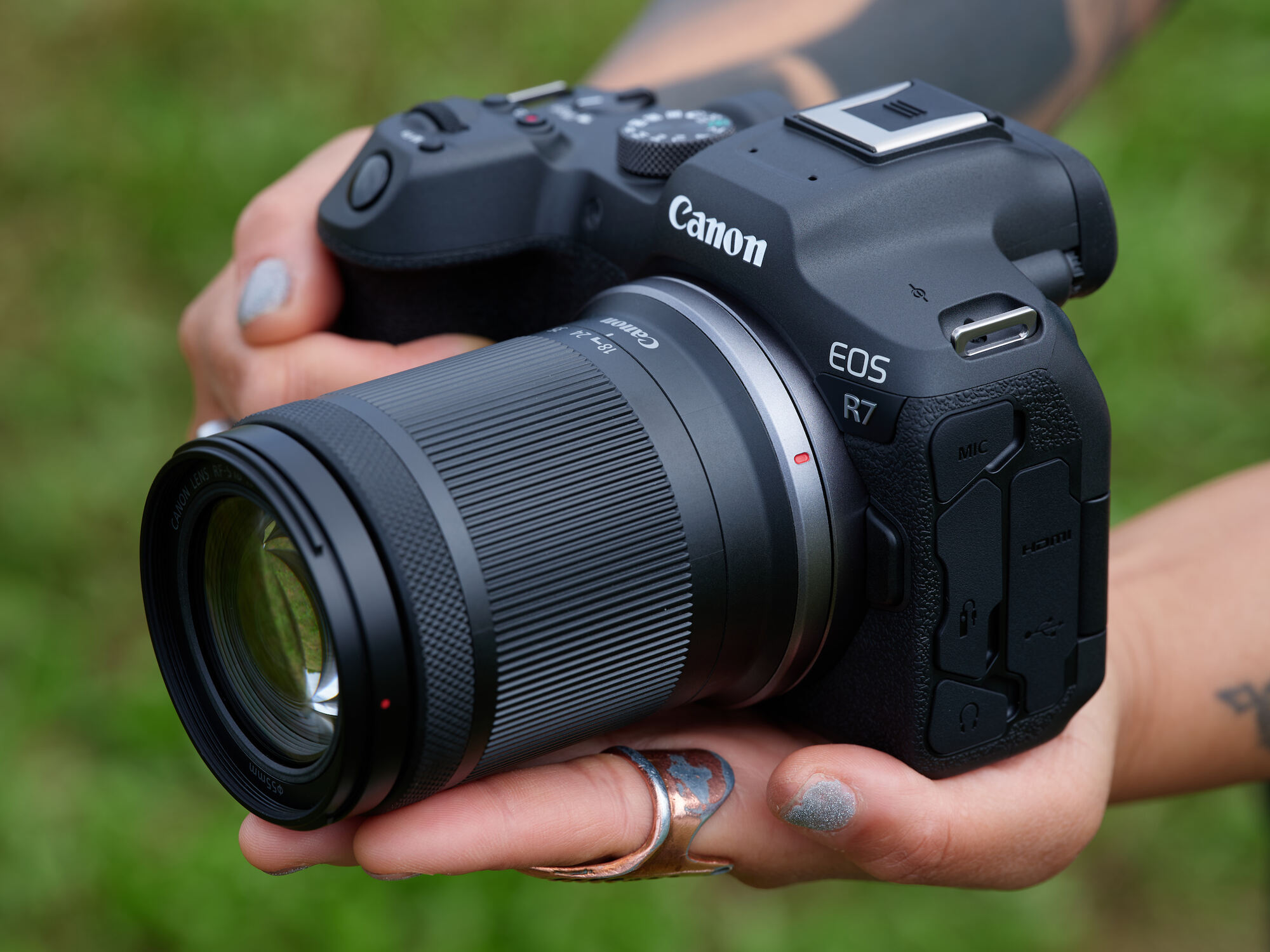Introduction
Mirrorless cameras have revolutionized the world of photography, offering a myriad of advantages that cater to the needs of both amateur enthusiasts and professional photographers. These cutting-edge devices have redefined the way we capture moments, providing a compact and versatile alternative to traditional DSLRs. In this article, we will delve into the myriad benefits of mirrorless cameras, shedding light on their compact size and weight, advanced autofocus capabilities, electronic viewfinders, lens compatibility, impressive video capabilities, and extended battery life. Understanding these advantages will empower you to make an informed decision when considering a camera upgrade or investment.
The rise of mirrorless cameras has sparked a wave of innovation in the photography industry, prompting manufacturers to push the boundaries of technology and design. By eliminating the bulky mirror and optical viewfinder found in DSLRs, mirrorless cameras achieve a remarkably compact form factor without compromising on performance. This pivotal shift has not only made photography more accessible but has also elevated the overall shooting experience.
As we embark on this exploration of mirrorless camera advantages, it is essential to recognize the impact of these advancements on photography as a whole. From the seamless integration of cutting-edge features to the unparalleled portability, mirrorless cameras have set a new standard for imaging devices. Let's embark on a journey to uncover the distinctive advantages that make mirrorless cameras a compelling choice for photographers of all levels.
Size and Weight
One of the most compelling advantages of mirrorless cameras is their significantly reduced size and weight compared to traditional DSLRs. By eliminating the bulky optical viewfinder and mirror box, mirrorless cameras achieve a remarkably compact form factor without compromising on image quality or performance. This reduction in size and weight is a game-changer for photographers who prioritize portability and versatility.
Photographers who are constantly on the move, whether for travel, events, or outdoor adventures, will appreciate the lightweight nature of mirrorless cameras. The compact size allows for easy stowage in a backpack or carry-on luggage, making them the ideal choice for photographers who value mobility and convenience. Additionally, the reduced bulk minimizes strain during extended shooting sessions, ensuring that photographers can focus on capturing stunning images without being encumbered by heavy gear.
Furthermore, the compact size of mirrorless cameras has a profound impact on the overall shooting experience. It enables discreet and unobtrusive photography, particularly in street, documentary, and event photography where blending into the surroundings is essential. The inconspicuous nature of mirrorless cameras allows photographers to capture authentic moments without drawing undue attention, resulting in more candid and compelling imagery.
Despite their diminutive dimensions, mirrorless cameras boast impressive ergonomics and intuitive controls, ensuring a comfortable grip and seamless operation. Manufacturers have adeptly engineered these cameras to balance compactness with usability, providing a satisfying shooting experience without sacrificing essential features.
Whether you are a seasoned professional seeking a nimble secondary camera or an enthusiast looking to lighten your photographic load, the compact size and reduced weight of mirrorless cameras offer unparalleled freedom and flexibility in the pursuit of captivating imagery.
Autofocus
The autofocus capabilities of mirrorless cameras represent a significant leap forward in the realm of photography. These cameras leverage advanced technology to deliver swift, accurate, and reliable autofocus performance, catering to a diverse range of shooting scenarios and subjects. With features such as phase-detection and contrast-detection autofocus systems, mirrorless cameras excel in capturing fleeting moments with precision and clarity.
One of the standout advantages of mirrorless autofocus systems is their ability to cover a larger area of the frame, often extending to the edges, allowing for comprehensive and precise subject tracking. This expanded coverage is particularly beneficial for action, sports, and wildlife photography, where subjects are in constant motion and require consistent focus across the frame.
Furthermore, the speed of mirrorless autofocus systems is truly remarkable, enabling photographers to seize decisive moments with remarkable alacrity. Whether capturing fast-paced sports action or spontaneous street scenes, the swift and responsive autofocus of mirrorless cameras ensures that fleeting moments are preserved with exceptional sharpness and clarity.
Another noteworthy feature of mirrorless autofocus is its adaptability to various lighting conditions. These systems excel in low-light environments, swiftly locking onto subjects even in challenging situations where conventional autofocus systems may struggle. This capability empowers photographers to explore creative possibilities in dimly lit settings, pushing the boundaries of their artistic expression without being hindered by autofocus limitations.
Moreover, the seamless integration of eye-detection and subject-tracking technologies in mirrorless cameras enhances the precision and reliability of autofocus, particularly when photographing portraits or human subjects. The ability to maintain sharp focus on the subject’s eyes, even as they move within the frame, elevates the quality of portraiture and ensures captivating, well-focused images.
Overall, the autofocus prowess of mirrorless cameras stands as a testament to their technological superiority, empowering photographers to capture moments with unparalleled speed, accuracy, and adaptability across a wide spectrum of photographic genres.
Electronic Viewfinder
The integration of an electronic viewfinder (EVF) in mirrorless cameras represents a transformative advancement that enhances the overall shooting experience and fundamentally alters the way photographers engage with their subjects. Unlike traditional DSLRs, which employ optical viewfinders, mirrorless cameras feature high-resolution electronic viewfinders that offer a host of benefits, revolutionizing the way photographers compose and preview their shots.
One of the primary advantages of an electronic viewfinder is its ability to provide a real-time preview of the captured image. This feature allows photographers to assess exposure, white balance, and composition before pressing the shutter button, ensuring that the final image meets their creative vision. The ability to preview these crucial elements directly through the viewfinder empowers photographers to make informed decisions in the moment, resulting in more accurate and compelling imagery.
Furthermore, electronic viewfinders offer a level of customization and information overlay that is unparalleled. Photographers can access a wealth of shooting data, such as histogram, focus peaking, and grid lines, directly within the viewfinder, enabling precise control over the composition and technical aspects of the image. This wealth of information enhances the photographer’s ability to fine-tune their shots, resulting in a more polished and professional end product.
Another notable advantage of electronic viewfinders is their ability to simulate the effects of different exposure settings and creative filters in real time. By offering a live preview of the image with applied adjustments, such as exposure compensation or monochrome effects, the EVF empowers photographers to experiment with creative techniques and visualize the final outcome before capturing the shot. This feature fosters a more intuitive and exploratory approach to photography, allowing for greater artistic expression and refinement of the visual narrative.
Moreover, the electronic viewfinder’s ability to provide a clear, high-resolution image with adjustable magnification caters to the diverse needs of photographers, ensuring comfortable and precise framing of shots. The absence of parallax errors, coupled with the ability to display a live histogram and focus peaking, further enhances the accuracy and confidence of the photographer in capturing the desired image.
In essence, the electronic viewfinder in mirrorless cameras represents a pivotal advancement that empowers photographers with unprecedented control, creativity, and precision in capturing and crafting visually compelling imagery.
Lens Compatibility
The versatility and adaptability of mirrorless cameras extend to their remarkable lens compatibility, offering photographers an expansive array of options to fulfill their creative vision. With the advent of mirrorless technology, camera manufacturers have developed innovative lens systems that cater to a diverse range of photographic genres, from wide-angle landscapes to telephoto wildlife shots and everything in between. This adaptability is further augmented by the ability to utilize a wide range of third-party lenses through various adapters, providing unparalleled flexibility to photographers.
One of the key advantages of lens compatibility in mirrorless cameras is the ability to leverage a vast selection of native lenses designed specifically for the mirrorless system. These lenses are meticulously engineered to complement the compact form factor of mirrorless cameras while delivering exceptional optical performance. From compact prime lenses to versatile zooms and specialized optics, the native lens lineup for mirrorless cameras offers a wealth of creative possibilities, ensuring that photographers can find the perfect tool for any photographic pursuit.
Additionally, the compatibility of mirrorless cameras with third-party lenses through dedicated adapters expands the horizons of lens options available to photographers. This capability allows for the use of legacy lenses from various manufacturers, opening doors to a treasure trove of vintage and modern optics that imbue images with unique character and visual aesthetics. Whether it’s adapting classic manual-focus lenses or incorporating specialty optics, the adaptability of mirrorless cameras broadens the creative palette for photographers seeking distinctive visual expression.
Furthermore, the compact flange distance of mirrorless camera systems facilitates the adaptation of lenses from other mounts, providing a seamless transition for photographers migrating from DSLRs or seeking to augment their lens collection. This interoperability underscores the forward-looking design of mirrorless cameras, offering a bridge between past and present technologies while embracing the future of imaging.
Ultimately, the expansive lens compatibility of mirrorless cameras empowers photographers to explore, experiment, and expand their creative horizons, ensuring that the perfect lens for any photographic vision is within reach.
Video Capabilities
The video capabilities of mirrorless cameras have redefined the landscape of videography, offering a compelling fusion of advanced imaging technology and versatile filmmaking features. With the ability to capture high-resolution video with exceptional clarity, dynamic range, and creative control, mirrorless cameras have become a preferred choice for videographers, content creators, and filmmakers seeking professional-grade visual storytelling tools.
One of the standout advantages of mirrorless cameras in the realm of video is their ability to record high-quality 4K and even 6K footage, delivering stunning detail and cinematic depth to visual narratives. This level of resolution is essential for professional video production, allowing for ample flexibility in post-production editing, cropping, and output to various display formats while retaining remarkable clarity and fidelity.
Moreover, the advanced autofocus systems in mirrorless cameras seamlessly transition to video recording, providing swift and accurate subject tracking and ensuring that moving subjects remain in sharp focus throughout the footage. This capability is particularly valuable for capturing dynamic scenes, interviews, and fast-paced action, empowering videographers to maintain visual clarity and coherence in their storytelling.
Another compelling feature of mirrorless cameras is their ability to offer a diverse range of frame rates and video codecs, catering to the specific requirements of different video production scenarios. Whether it’s capturing slow-motion sequences at high frame rates or encoding footage in professional-grade formats for post-production workflows, mirrorless cameras provide the necessary tools for videographers to realize their creative vision with precision and artistry.
Furthermore, the integration of advanced image stabilization technology in mirrorless cameras enhances the smoothness and stability of handheld or moving shots, reducing the impact of camera shake and ensuring professional-grade visual results. This feature is invaluable for run-and-gun documentary filming, vlogging, and capturing immersive, handheld cinematic sequences without the need for additional stabilization equipment.
Overall, the video capabilities of mirrorless cameras empower videographers and filmmakers to push the boundaries of visual storytelling, offering a seamless convergence of high-resolution imaging, advanced autofocus, versatile frame rates, and professional-grade features in a compact and adaptable form factor.
Battery Life
The battery life of mirrorless cameras is a critical aspect that significantly impacts the shooting experience, particularly for photographers and videographers engaged in extended sessions or on-location assignments. The compact form factor and advanced features of mirrorless cameras necessitate efficient power management to ensure prolonged operational endurance and consistent performance, making battery life a crucial consideration for users.
One of the notable advancements in mirrorless camera technology is the optimization of power consumption, allowing for extended shooting durations on a single battery charge. Manufacturers have made significant strides in developing high-capacity rechargeable batteries that strike a balance between compactness and longevity, empowering users to capture an extensive array of images and videos without interruption.
Moreover, the integration of energy-efficient electronic viewfinders and display screens in mirrorless cameras contributes to maximizing battery life, ensuring that users can engage in prolonged shooting sessions with confidence. The power-saving features and intelligent management of electronic components enable photographers and videographers to focus on their creative endeavors without the distraction of frequent battery changes or recharging.
Furthermore, the advent of USB charging capabilities in many mirrorless cameras adds a layer of convenience and flexibility to the power management ecosystem. This feature allows users to recharge their cameras on the go using portable power banks, laptop computers, or other USB power sources, eliminating the need for dedicated battery chargers and enabling seamless integration into a mobile and dynamic workflow.
Additionally, the ability to monitor battery status and consumption in real time through the camera’s interface empowers users to make informed decisions about power management, ensuring that they can plan and optimize their shooting sessions effectively. This proactive approach to battery life management is invaluable for photographers and videographers working in diverse environments and conditions.
In essence, the enhanced battery life and efficient power management of mirrorless cameras underscore their suitability for a wide range of photographic and videographic applications, providing users with the confidence and freedom to pursue their creative vision without being constrained by power limitations.
Conclusion
As we conclude our exploration of the advantages of mirrorless cameras, it becomes abundantly clear that these innovative imaging devices have redefined the photography and videography landscape. Their compact size and reduced weight, coupled with advanced autofocus capabilities, electronic viewfinders, expansive lens compatibility, impressive video capabilities, and extended battery life, collectively position mirrorless cameras as a compelling choice for photographers and videographers across diverse genres and skill levels.
The compact form factor of mirrorless cameras, made possible by the absence of a bulky mirror and optical viewfinder, has revolutionized the portability and versatility of imaging equipment. This reduction in size and weight not only enhances mobility but also facilitates discreet and unobtrusive photography, empowering users to capture authentic moments with ease.
Furthermore, the advanced autofocus systems of mirrorless cameras deliver swift and precise subject tracking, ensuring that fleeting moments are preserved with exceptional sharpness and clarity. The expanded coverage and adaptability to various lighting conditions make mirrorless cameras indispensable tools for capturing a wide range of subjects and scenarios.
The integration of electronic viewfinders in mirrorless cameras represents a transformative advancement, offering real-time previews, customizable overlays, and the simulation of creative effects, empowering photographers to make informed decisions and refine their compositions with precision and confidence.
Moreover, the remarkable lens compatibility of mirrorless cameras, encompassing native and third-party options, provides photographers with an extensive array of creative tools to realize their artistic vision. This adaptability ensures that the perfect lens for any photographic pursuit is within reach, fostering exploration and experimentation.
When it comes to video capabilities, mirrorless cameras shine with their ability to capture high-resolution footage, advanced autofocus, diverse frame rates, and professional-grade features, empowering videographers and filmmakers to push the boundaries of visual storytelling with ease and precision.
Finally, the efficient power management and extended battery life of mirrorless cameras provide users with the confidence and freedom to engage in prolonged shooting sessions without interruption, ensuring that they can focus on their creative endeavors without being constrained by power limitations.
In essence, the myriad advantages of mirrorless cameras collectively underscore their pivotal role in shaping the future of imaging technology, offering a seamless convergence of compactness, advanced features, and exceptional performance that cater to the diverse needs and aspirations of photographers and videographers worldwide.







